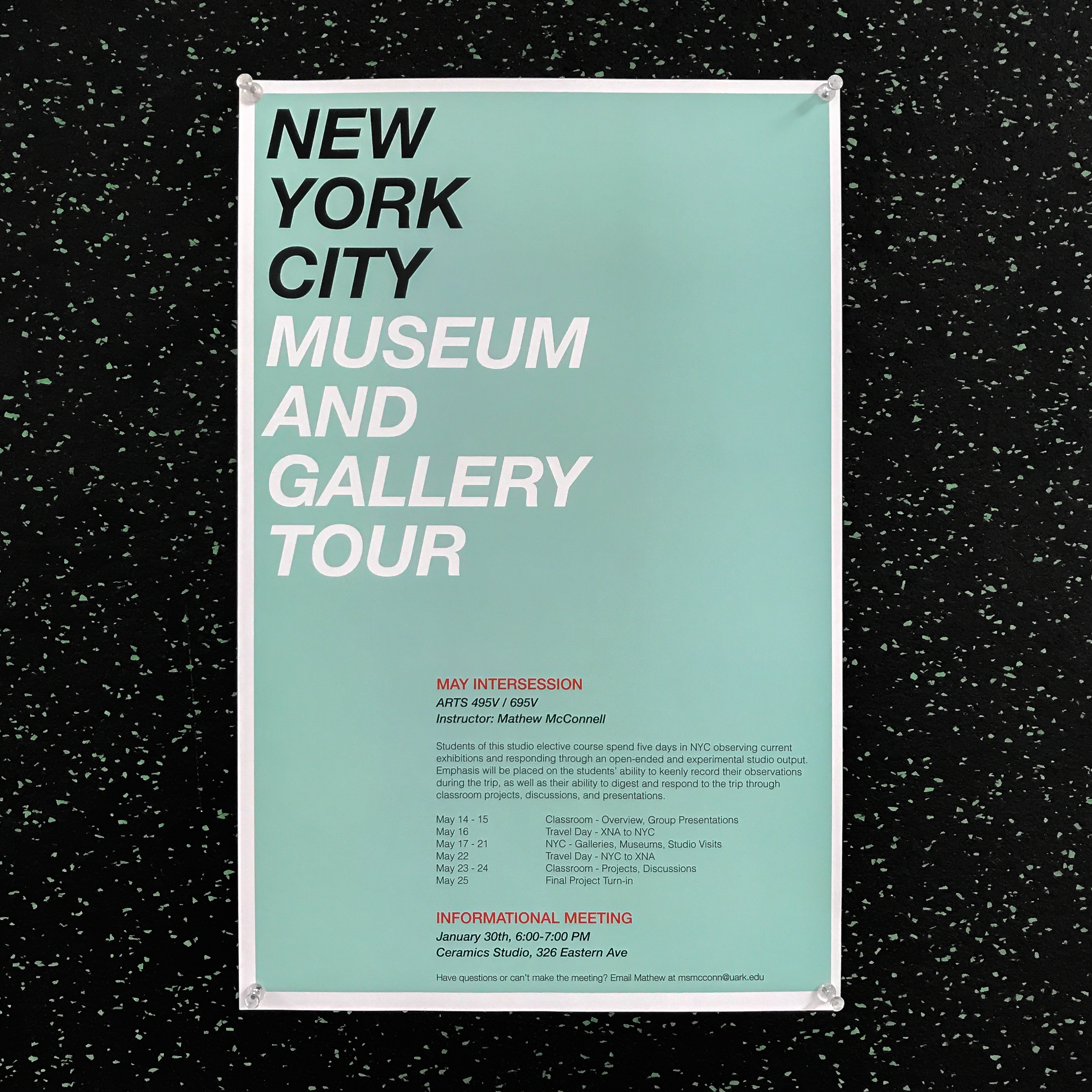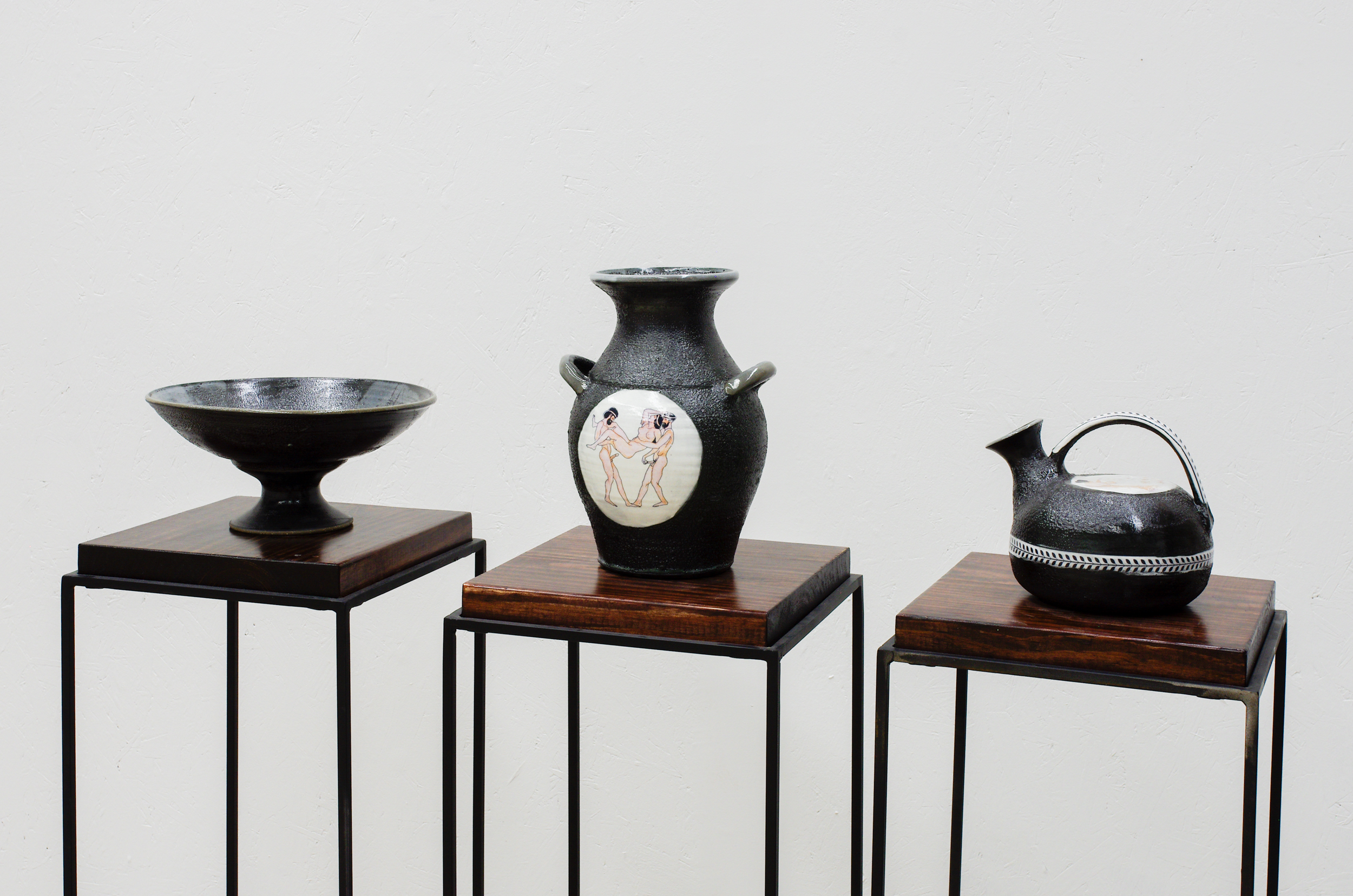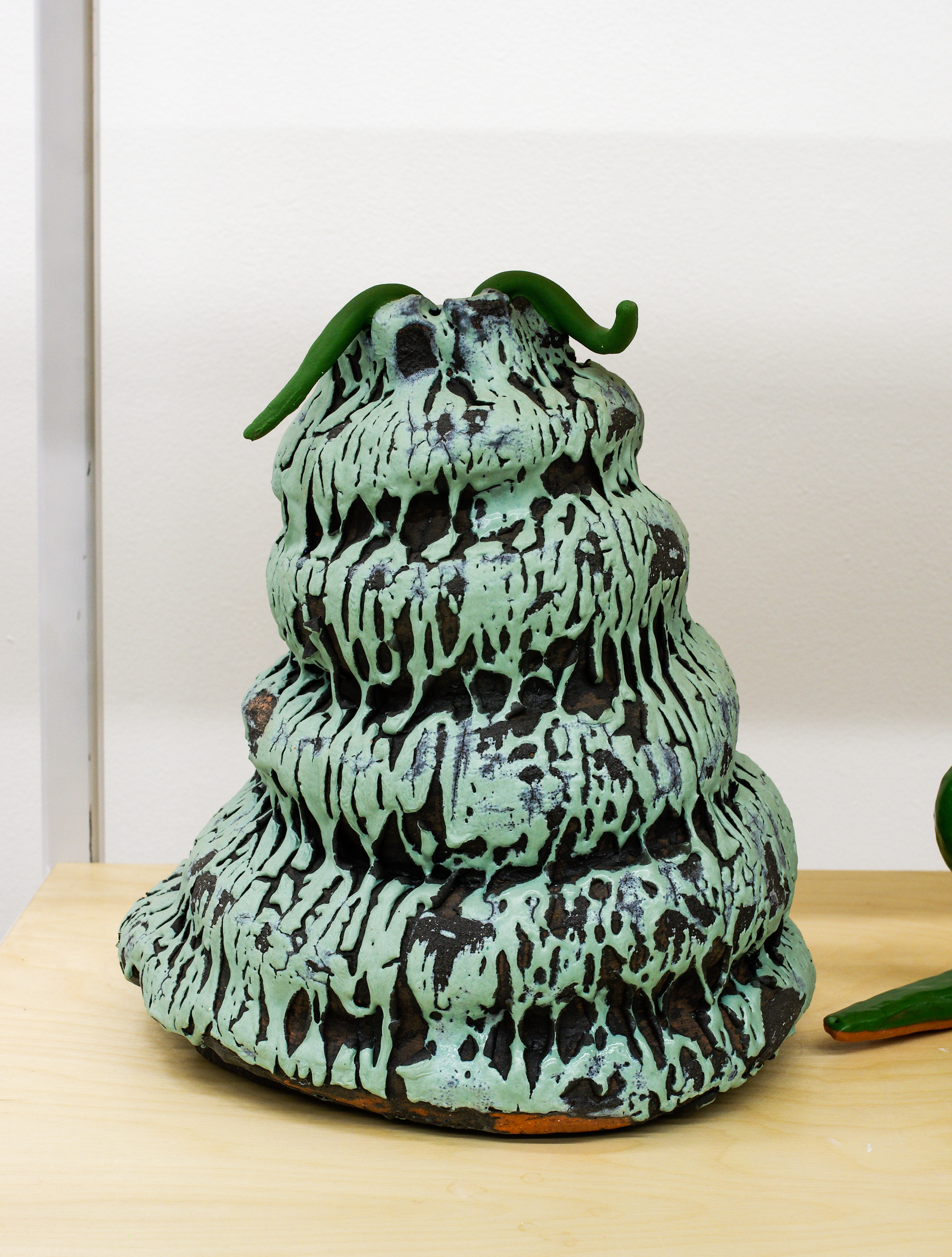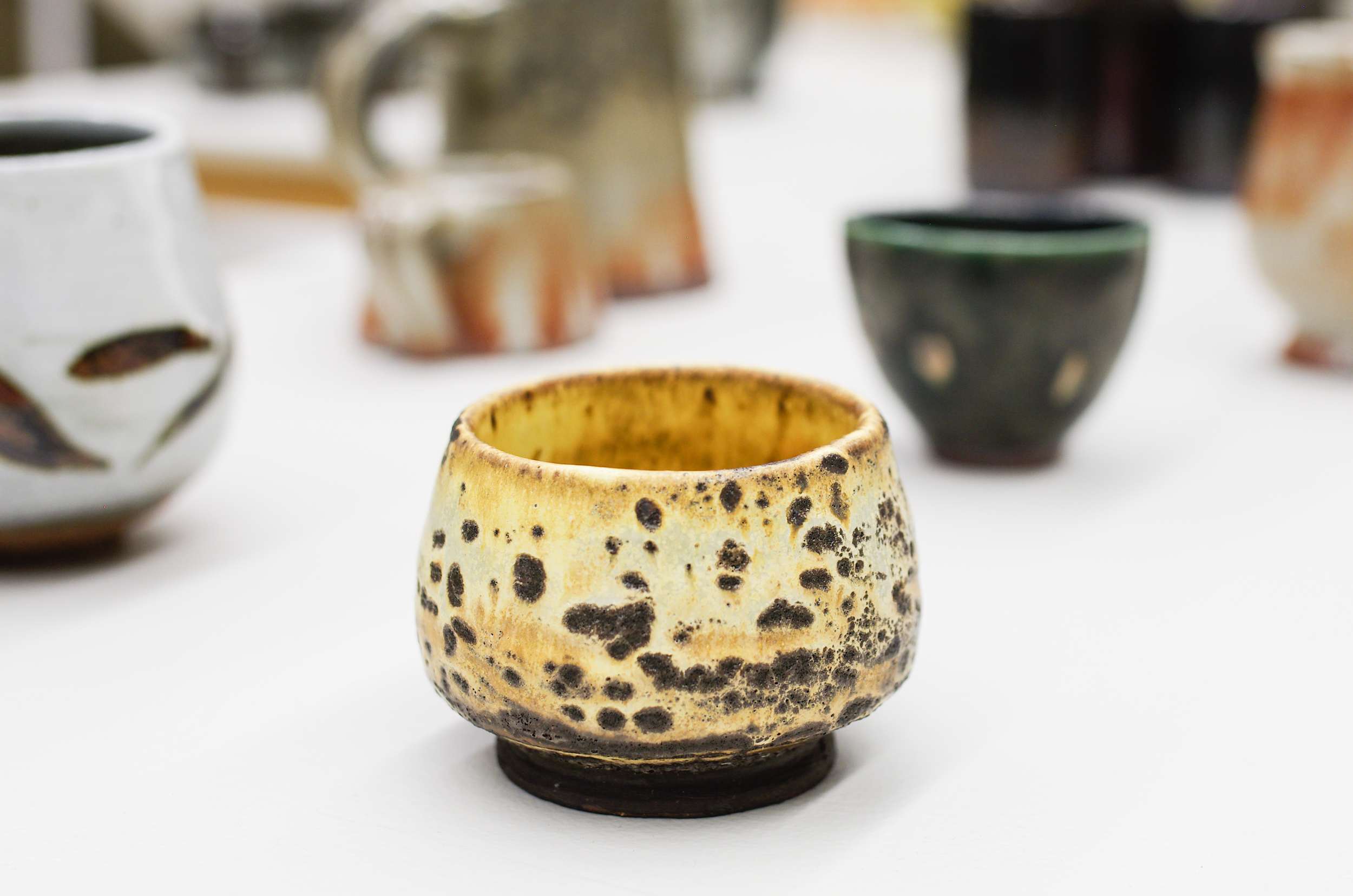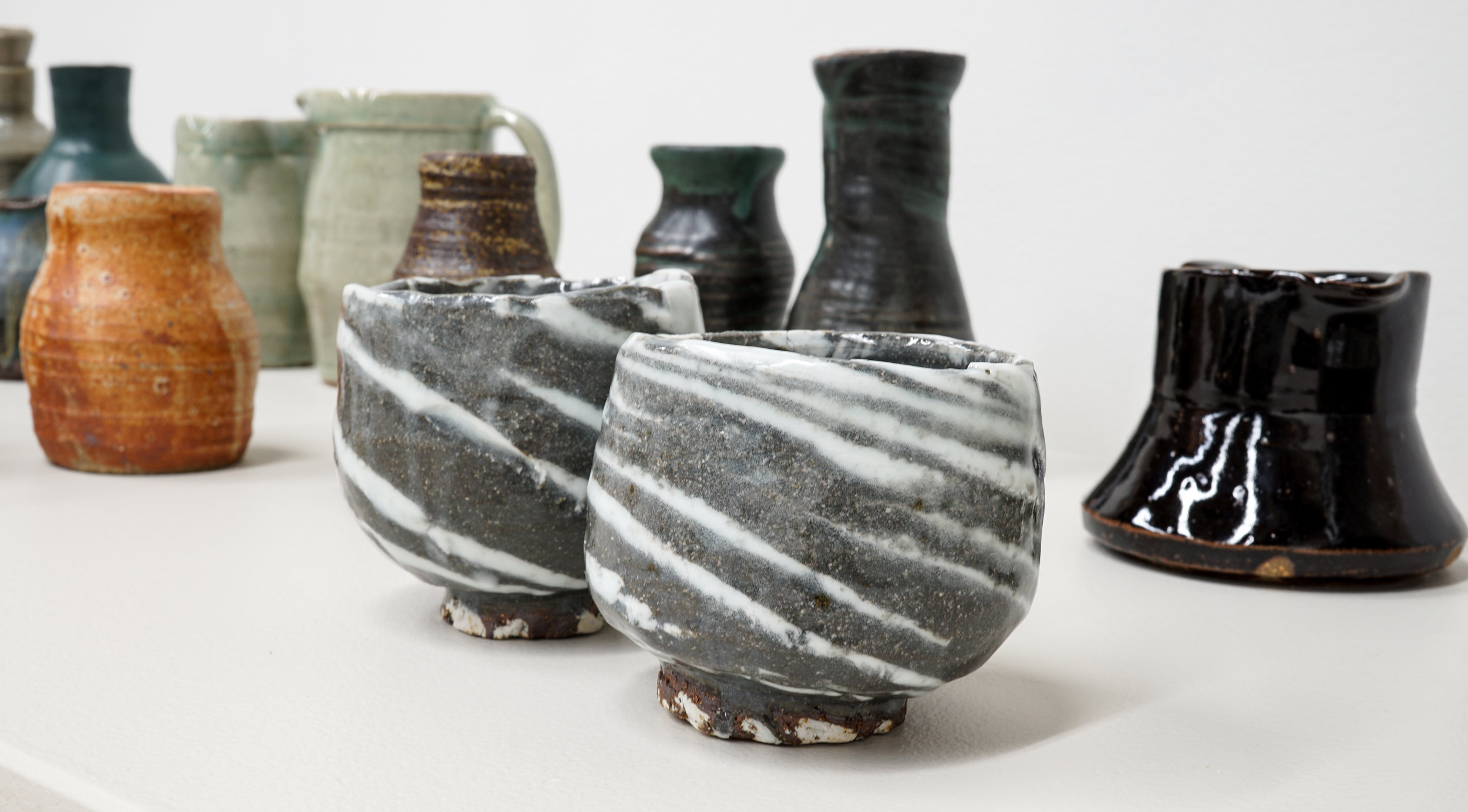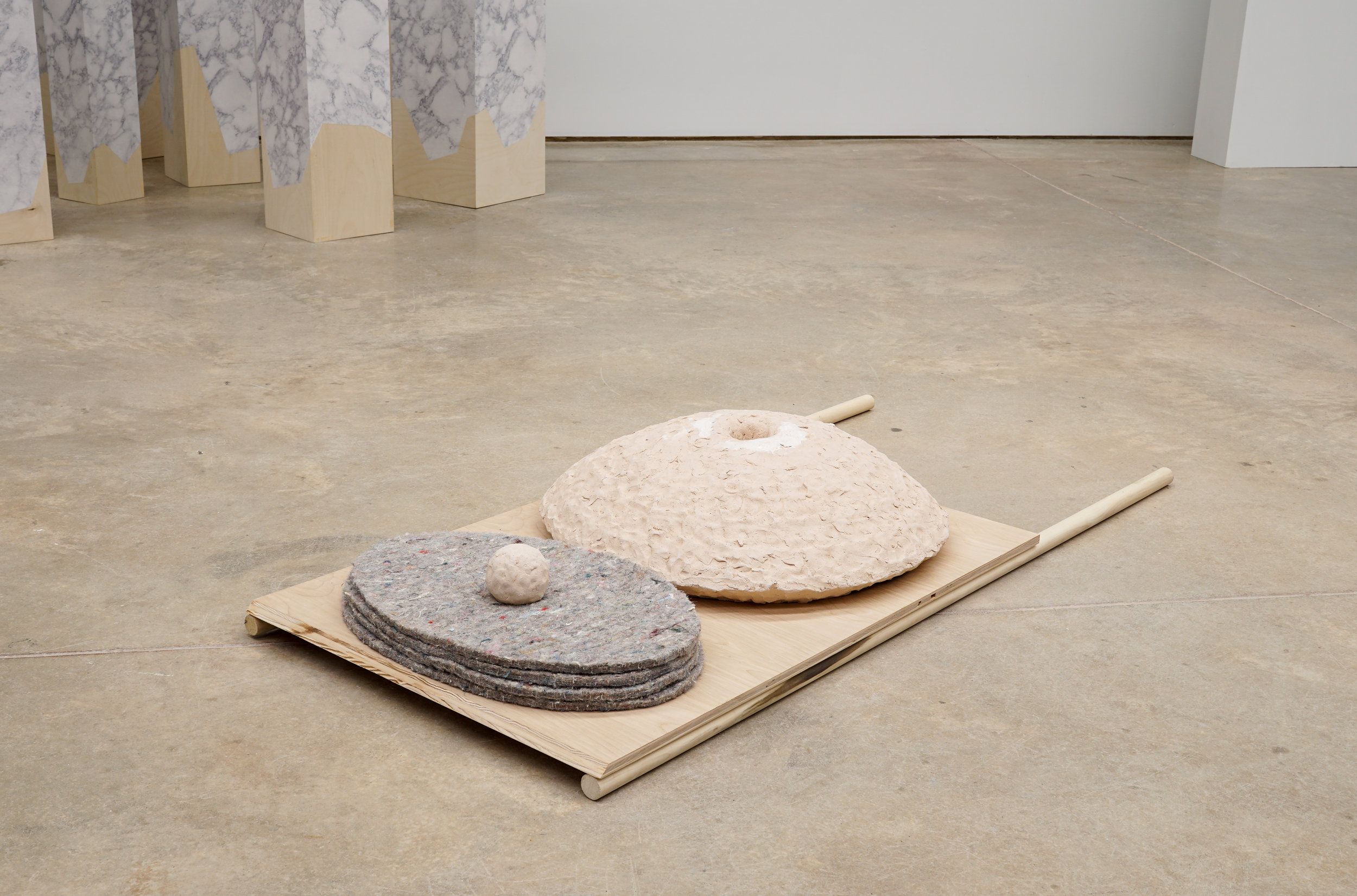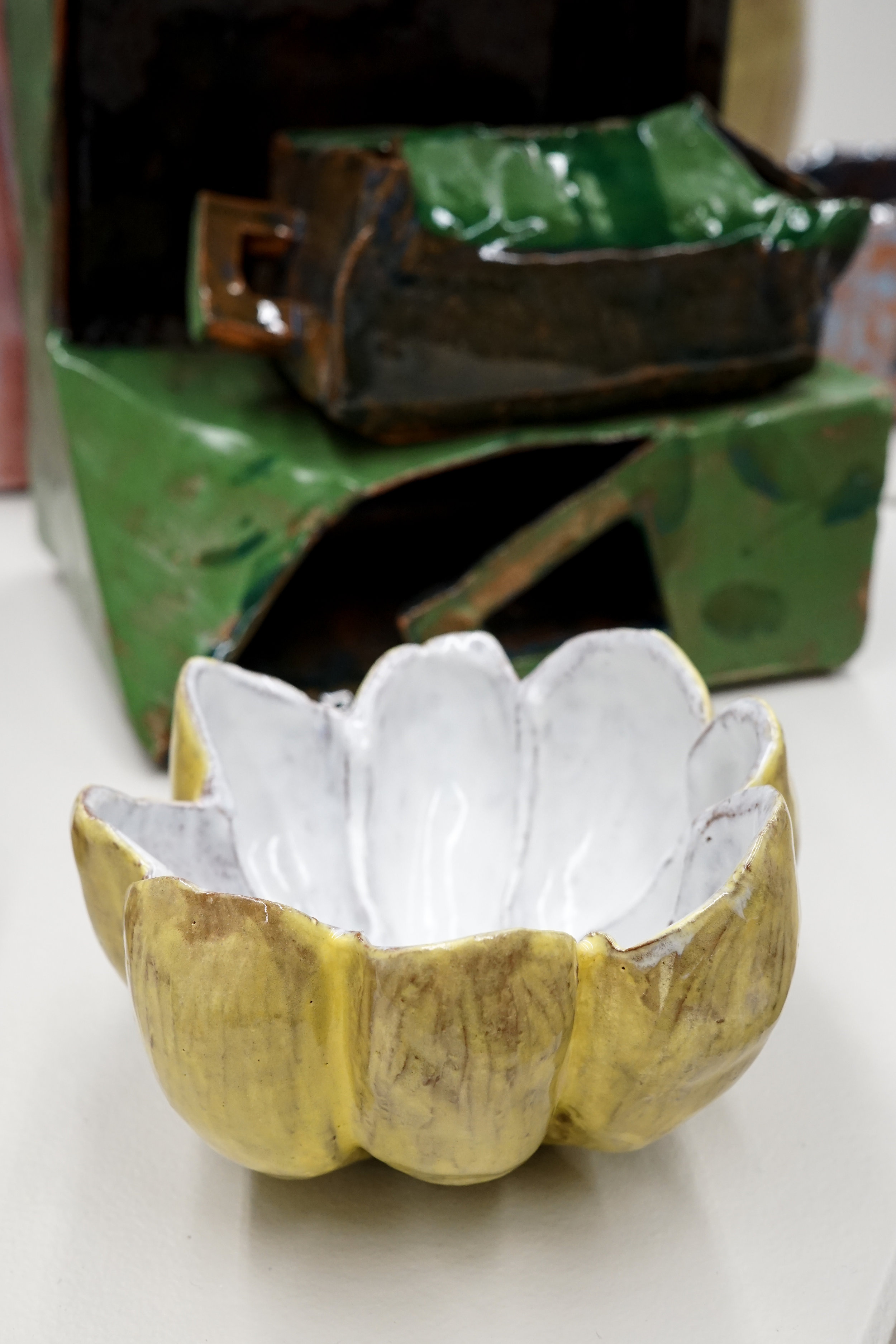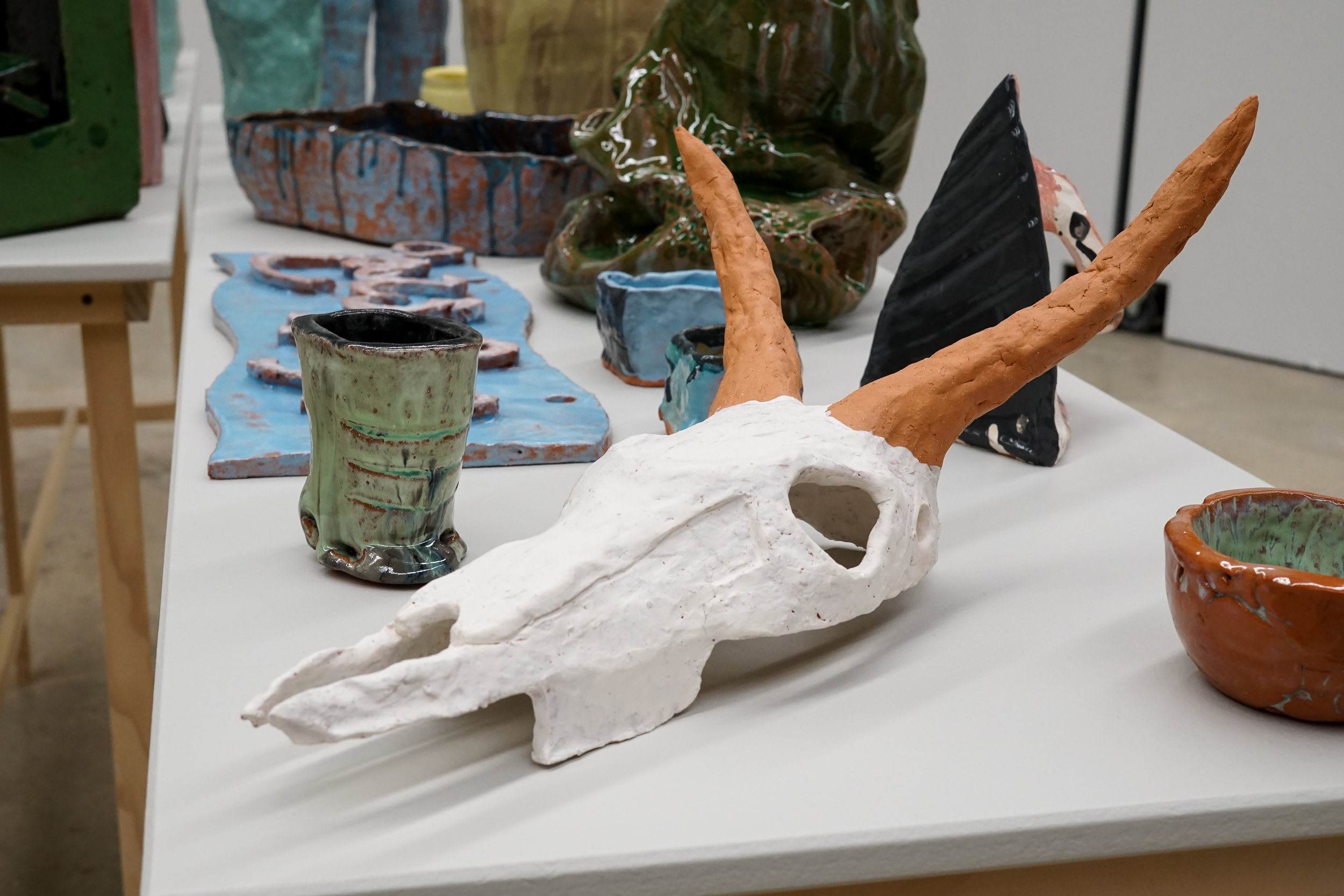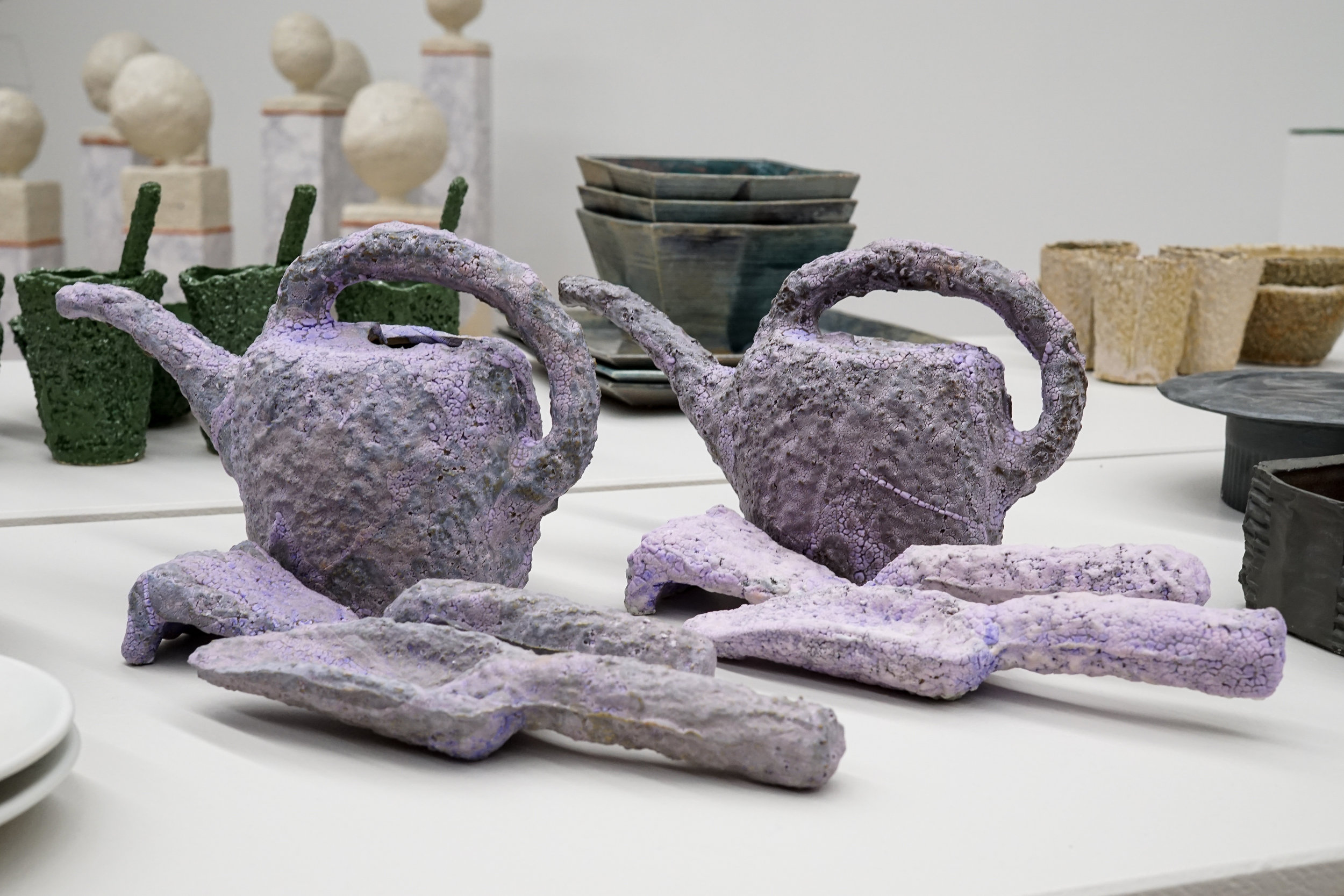FAYETTEVILLE, Ark. – The University of Arkansas is pleased to announce a transformational $40 million gift to Campaign Arkansas from the Windgate Charitable Foundation that will create the new Windgate Art and Design District in the heart of south Fayetteville.
The Windgate Art and Design District will expand on the School of Art’s Hill Avenue sculpture complex that opened in 2016.
The district will be developed close to campus, near Martin Luther King Boulevard and Hill Avenue. It will feature several new buildings for art and design classrooms, labs, studios and potentially a public gallery space. The district will bring together art, design and education, while serving as the central hub for the student and faculty artists and designers at the University of Arkansas and beyond.
“This is a tremendous step forward,” said Chancellor Joseph E. Steinmetz. “Through this partnership with the Windgate Charitable Foundation, the University of Arkansas will be able to achieve nationally competitive standing in the arts, which will in turn place the state of Arkansas on the map as one of the most innovative leaders in the global arts community.
“As a land-grant institution, we are charged with serving the public interest through outreach,” he added. “Thanks to the Windgate Charitable Foundation’s generosity, we will now be able to do this for our community in an unprecedented way. We thank the Windgate Charitable Foundation for this amazing gift.”
The Windgate Art and Design District will further expand the reach and scope of the university’s School of Art, which was established in August 2017 thanks to a $120 million gift from the Walton Family Charitable Support Foundation. The School of Art in the J. William Fulbright College of Arts and Sciences is the first and only accredited, collegiate school of art in the state of Arkansas.
“The Windgate Foundation is proud to partner with the new School of Art and to help it and our state's entire arts community continue to grow,” said John E. Brown, executive director of the Windgate Charitable Foundation. “Our board strives to develop and support the arts in many states, and the Windgate Art and Design District will be an outstanding example of the foundation's highest ideals for the arts and education. In fact, this commitment is the largest single grant awarded by the foundation in our 25-year history."
Robyn Horn, board member of the Windgate Charitable Foundation, said she also believes the spaces in the Windgate Art and Design District will provide the opportunity to engage the community with programming that is free, open and accessible to the public.
“The studio and design space will serve as key components to the Windgate Art and Design District and will invite the community to engage with School of Art faculty, students and international arts programs,” she said.
The Windgate Charitable Foundation has already made a significant impact on the School of Art, said Todd Shields, dean of the Fulbright College.
“In 2014, the Foundation gave more than $2 million to the former Department of Art, providing crucial funding that enabled faculty to expand curricula, improve teaching techniques, fund opportunities for student travel, enhance technologies and procure new equipment,” Shields explained.
The school used $500,000 of this gift in combination with $8 million from the university to build the School of Art’s sculpture facility. Architects from Modus Studio in Fayetteville and El Dorado Inc. in Kansas City, Missouri, designed the building, which houses studio classrooms and shops for sculpture, the school’s wood shop and advanced technology lab, graduate student studios and classroom space for the school’s freshman foundation classes.
Shields said that as a result of the opportunities and new facilities these funds created the number of art history, art education, graphic design and studio art majors increased significantly.
“With the Windgate Charitable Foundation’s help our students achieved higher levels of performance and became more competitive,” Shields said. “We are incredibly grateful for the continued support and cannot wait to see the amazing impact this next phase of our partnership will have.”
All of this growth directly contributed to the department’s natural evolution into a school, said Jeannie Hulen, associate dean of fine arts for Fulbright College and former chair of the department of art.
“Thanks to the Windgate Charitable Foundation, we were able to give sculpture a state-of-the-art, nationally competitive facility,” Hulen said. “By providing art and design students with the resources necessary for synthesis, as well as guidance from invested faculty, the School of Art is able to cultivate creative thinkers and leaders committed to inventive problem solving through art and design.”
Hulen said the creation of the Windgate Art and Design District will free up space in the university’s Fine Arts Center, which will help the School of Art develop planned graduate programs in art education and art history.
“The Northwest Arkansas region, as well as the state and nation, require significant investment in arts education, so this latest gift from the Windgate Charitable Foundation will help the University of Arkansas become a catalyst for that change,” Hulen said.
Additionally, Hulen said the school plans to capitalize on the growth of the visual arts in the region to further enhance the university’s partnership with nearby Bentonville-based Crystal Bridges Museum of American Art.
“Together, we are establishing the groundwork for future growth that will directly empower the local and national art and design community and have a resounding positive effect on the culture of the entire state,” she said.
For more information about the Windgate Art and Design District or the School of Art, please visit art.uark.edu.
About the Windgate Charitable Foundation: The Windgate Charitable Foundation is a private grant-making foundation established by an Arkansas family in 1993. One of its principal goals is to fund significant educational programs in the visual arts, as well as to provide funding to K-12 and higher educational institutions to develop and support the arts, scholarships and effective instructional programs.


